- خانه
- معرفی پروژه
- طراحی معماری
- خانه پیشوا
منو
منو
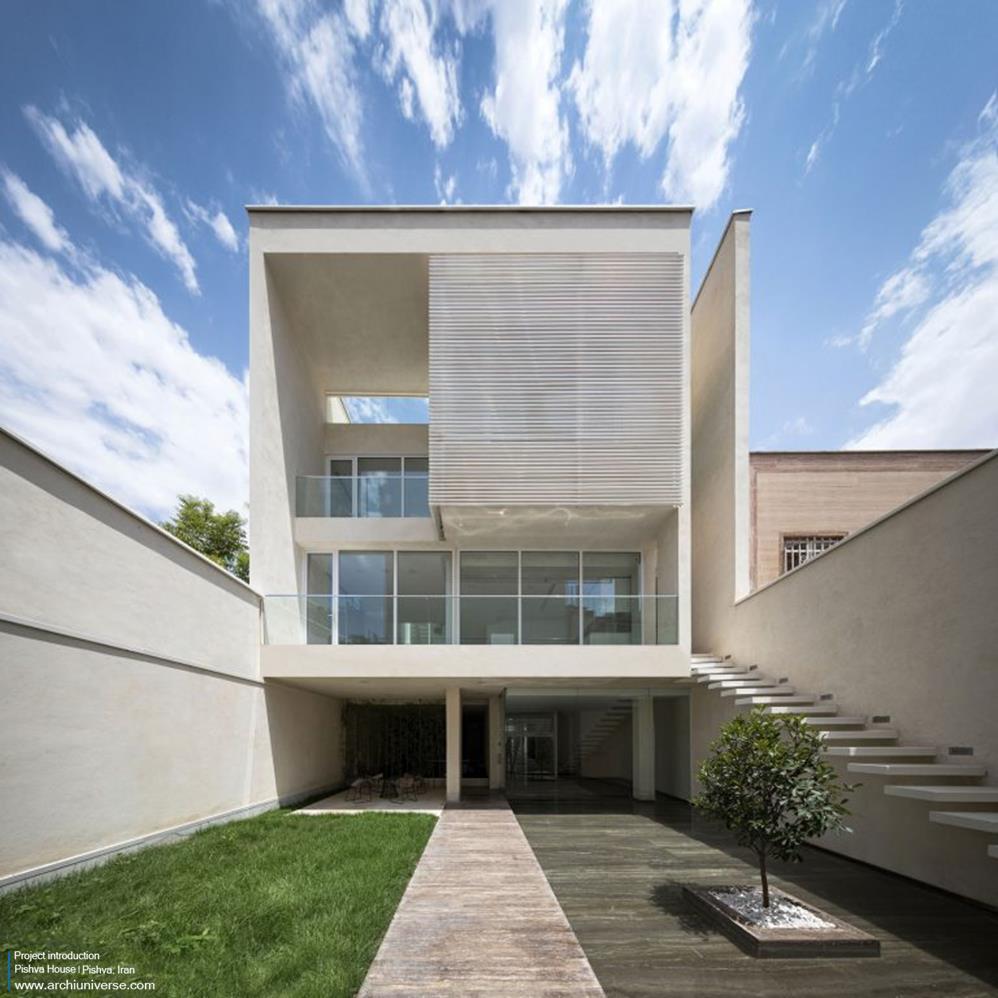
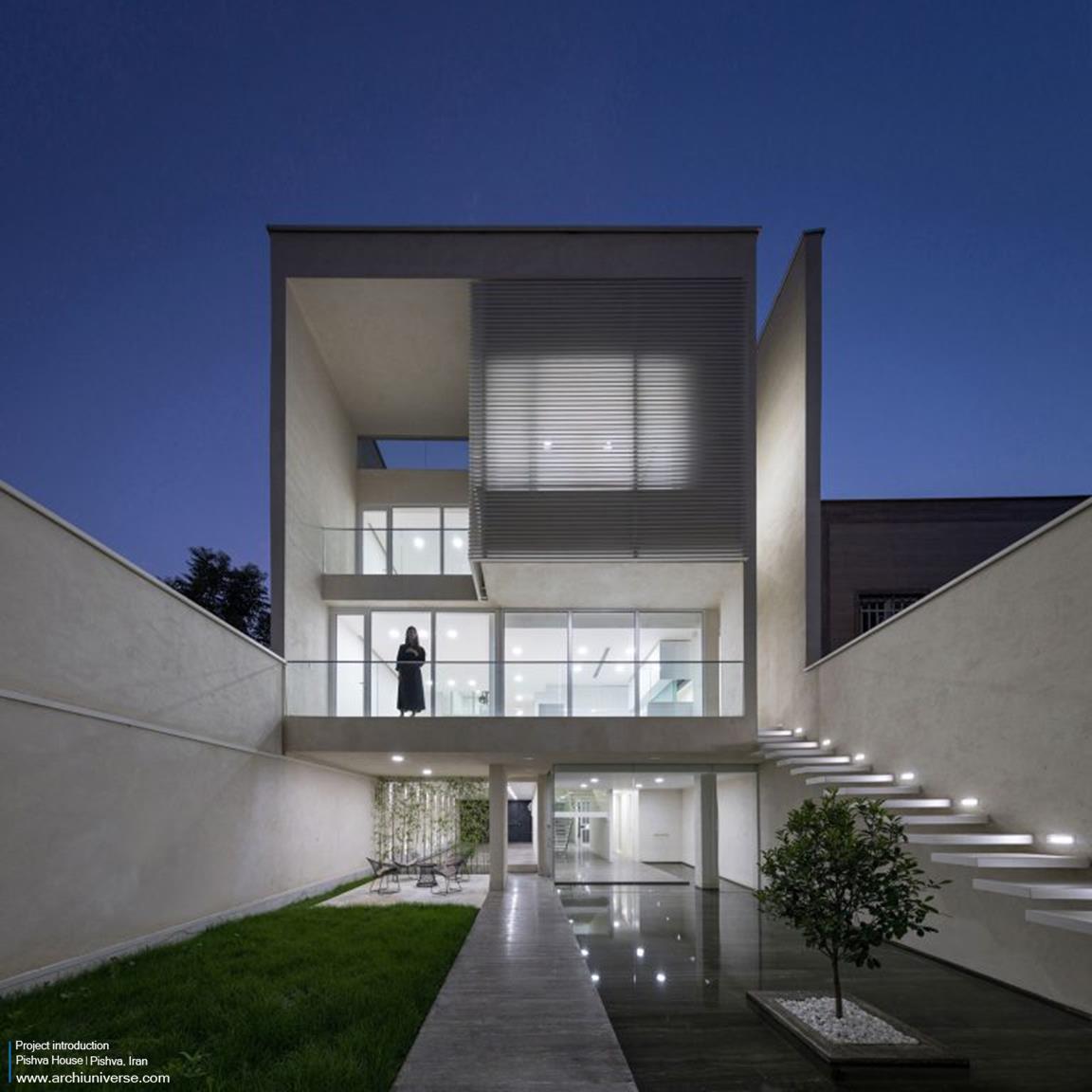
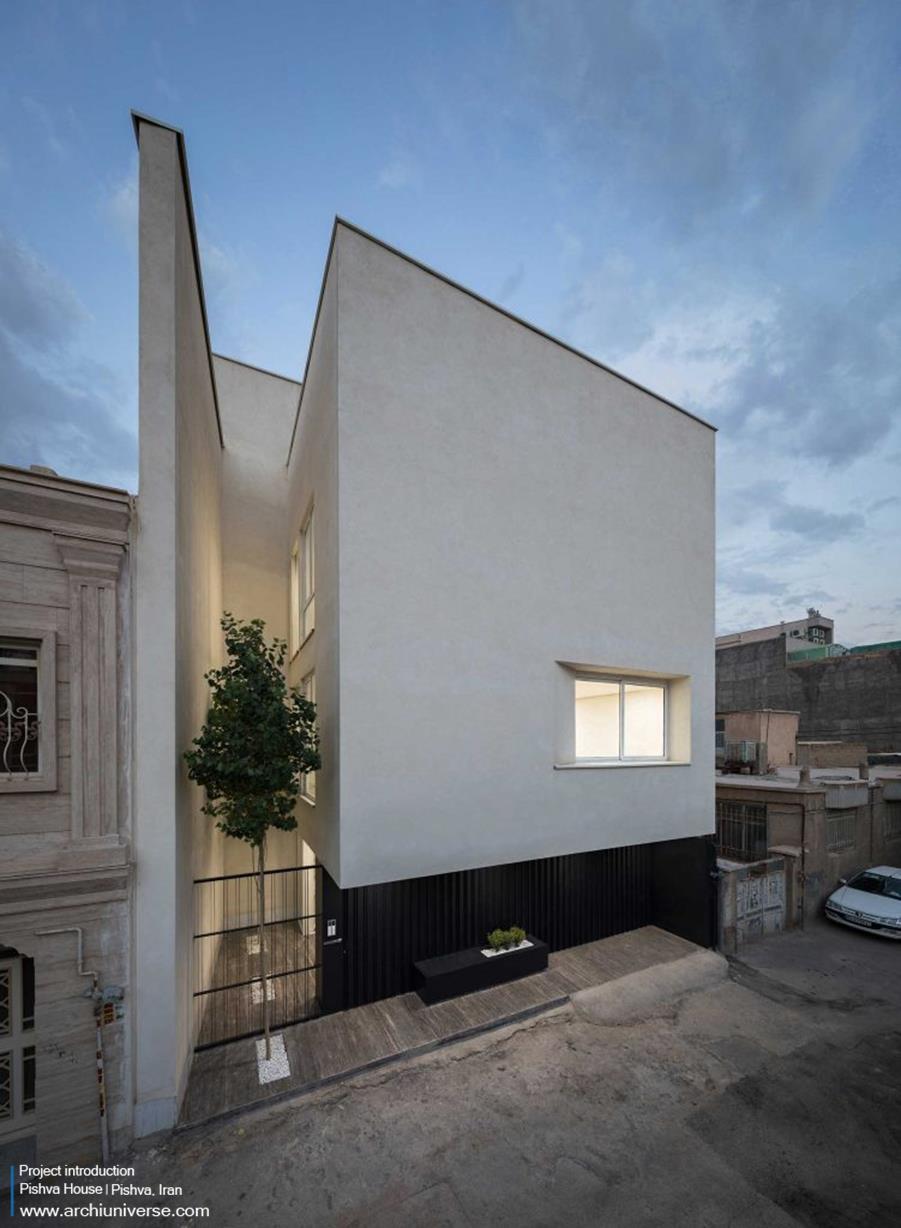
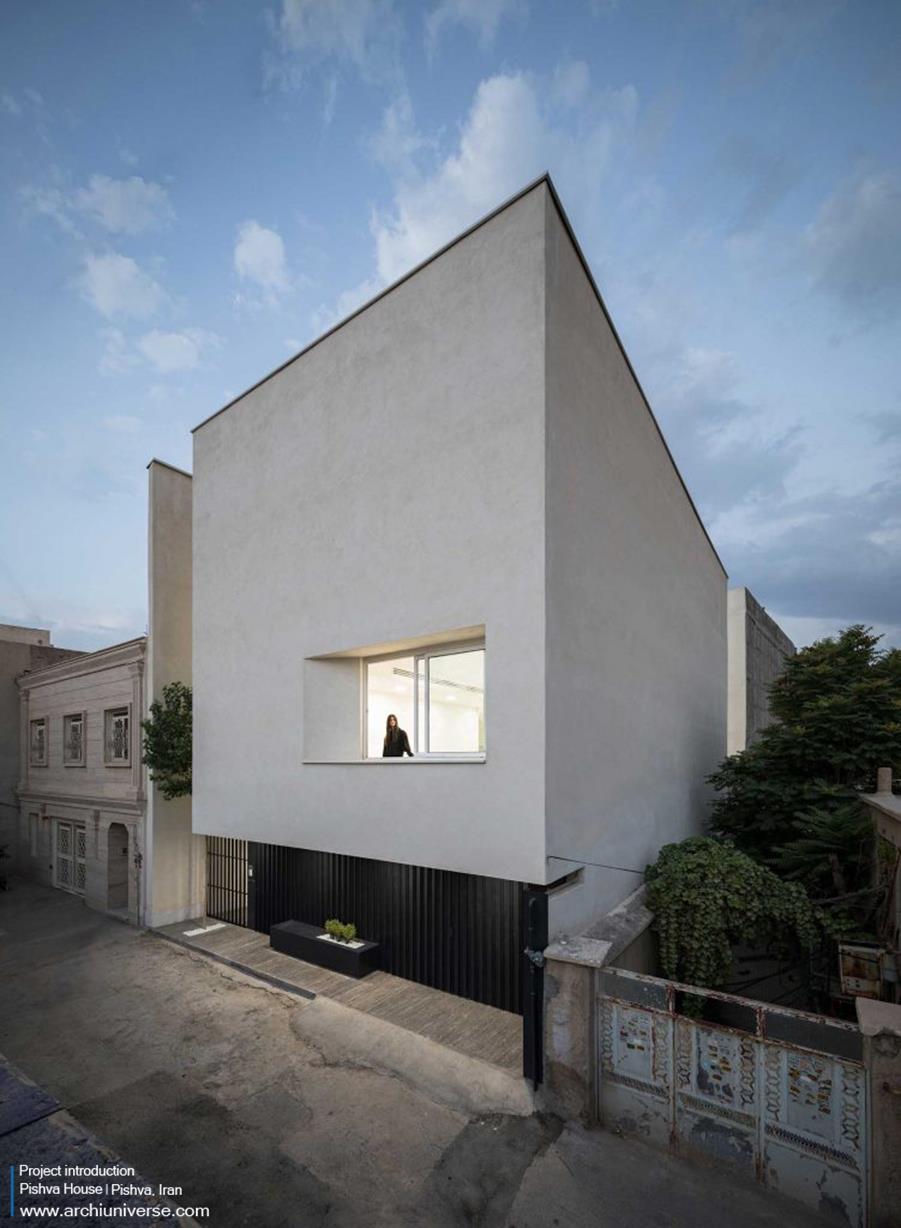
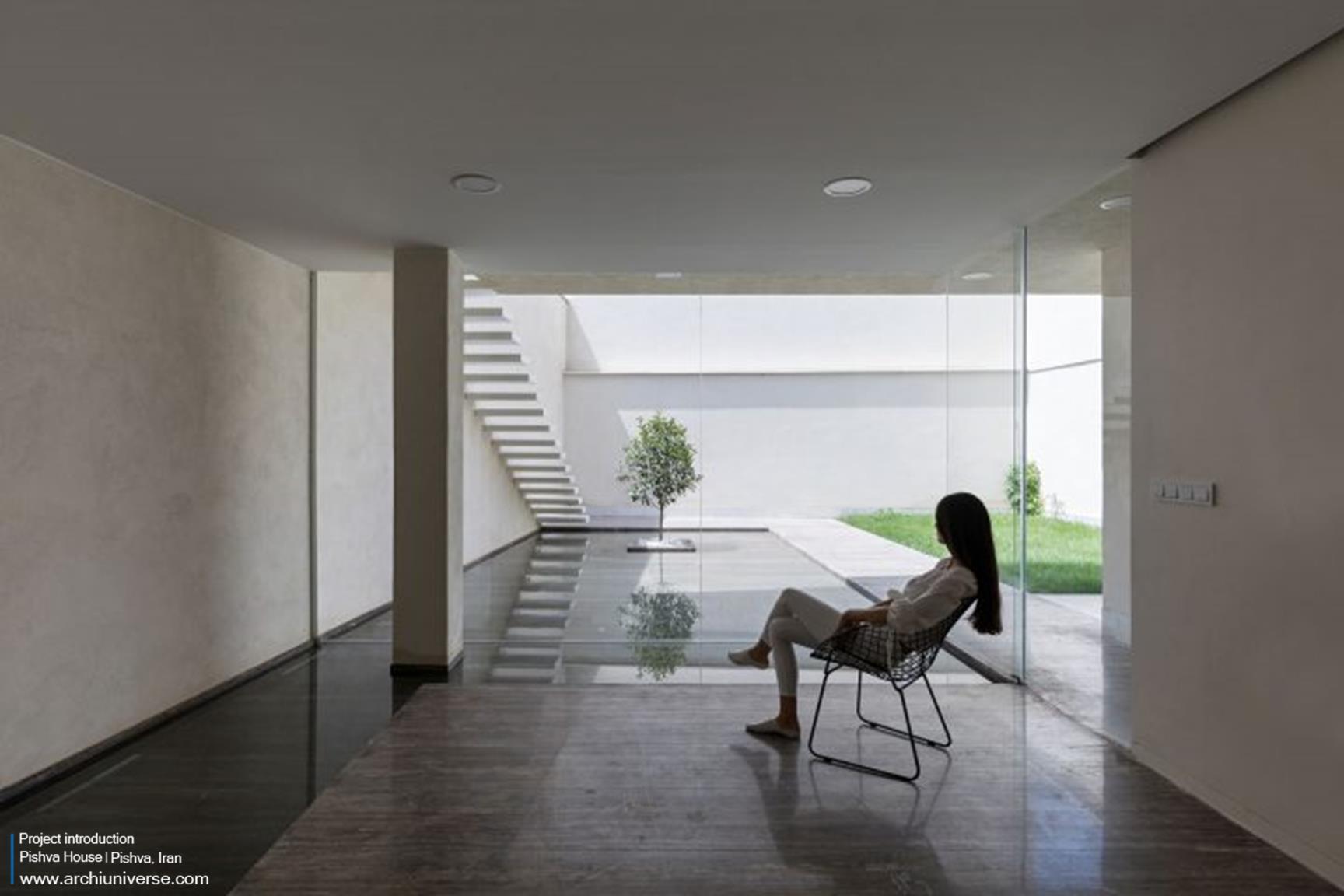
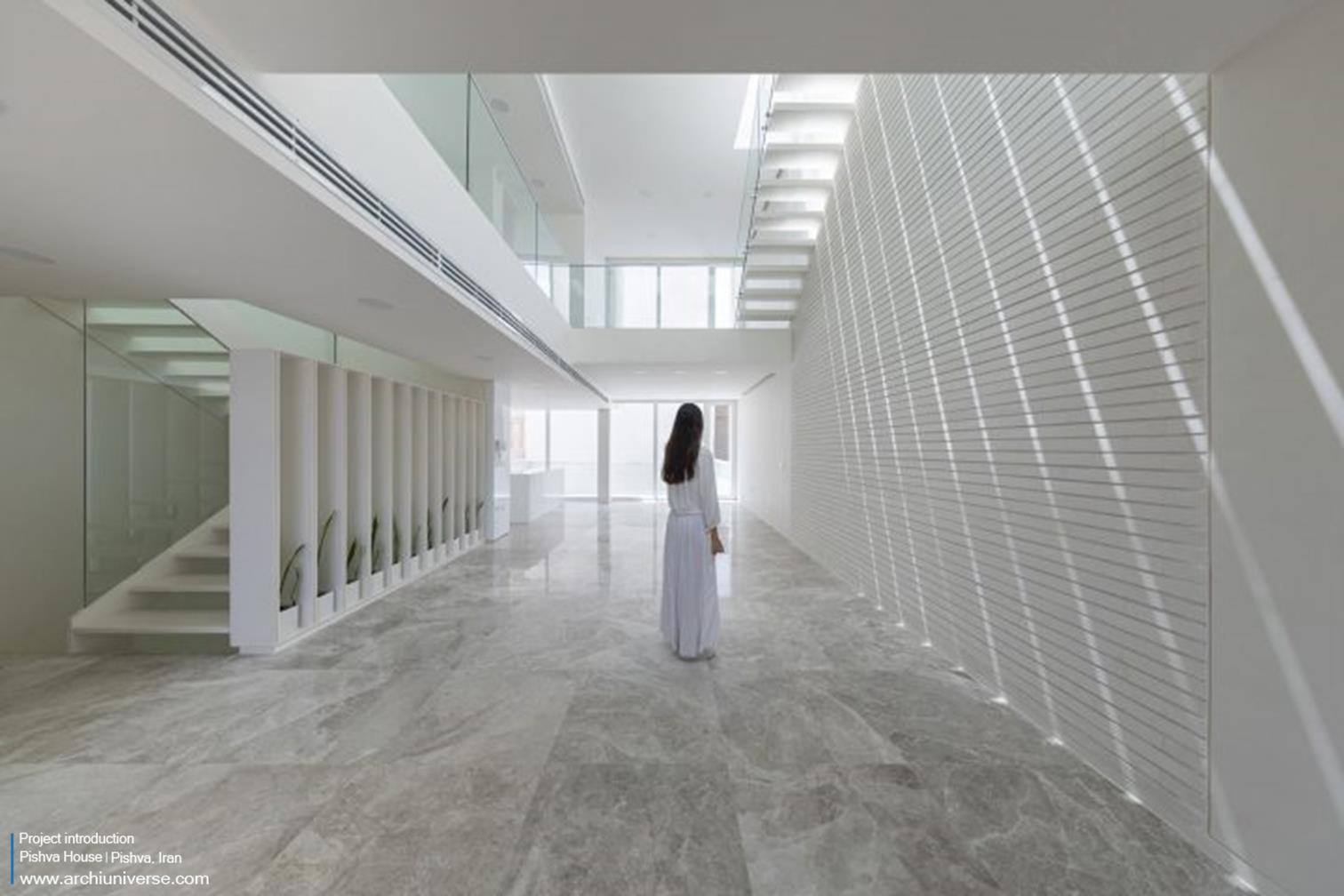
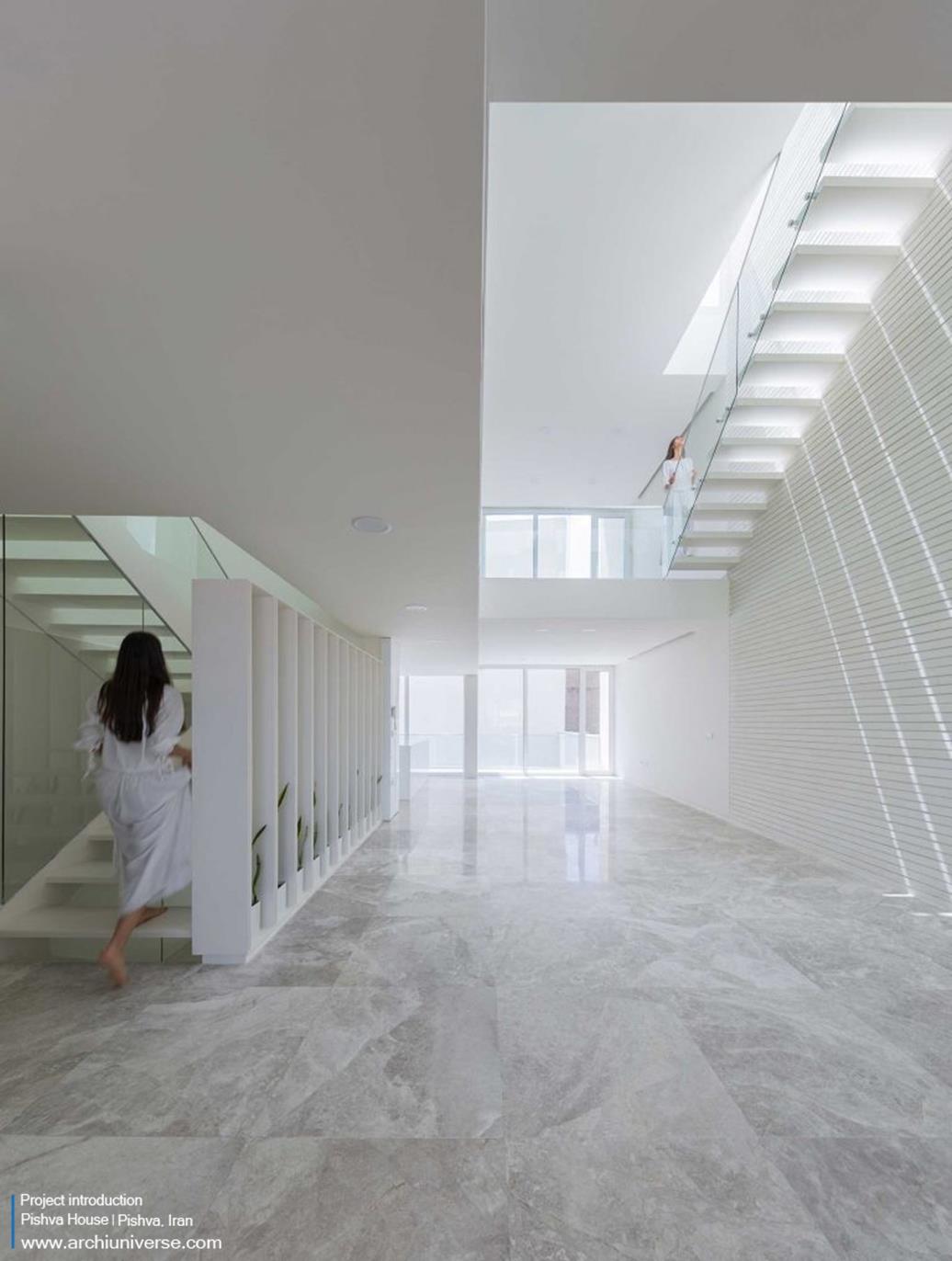
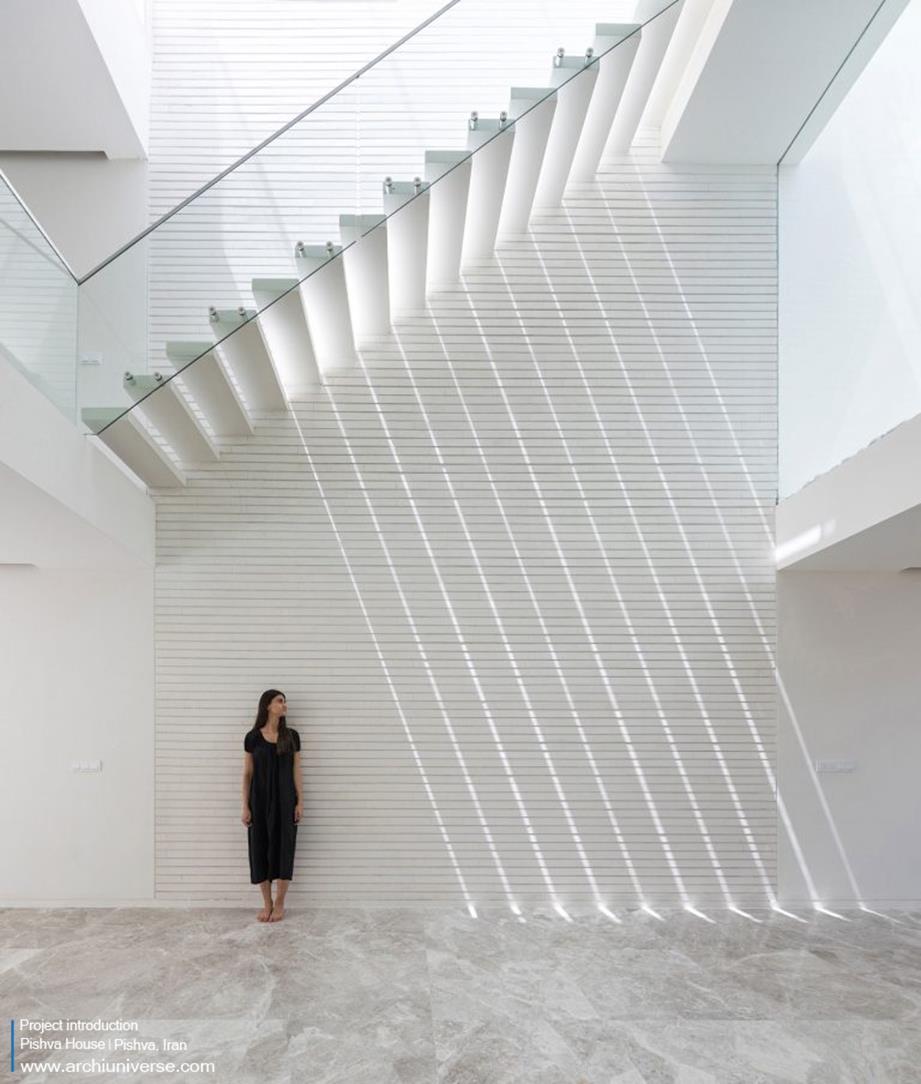
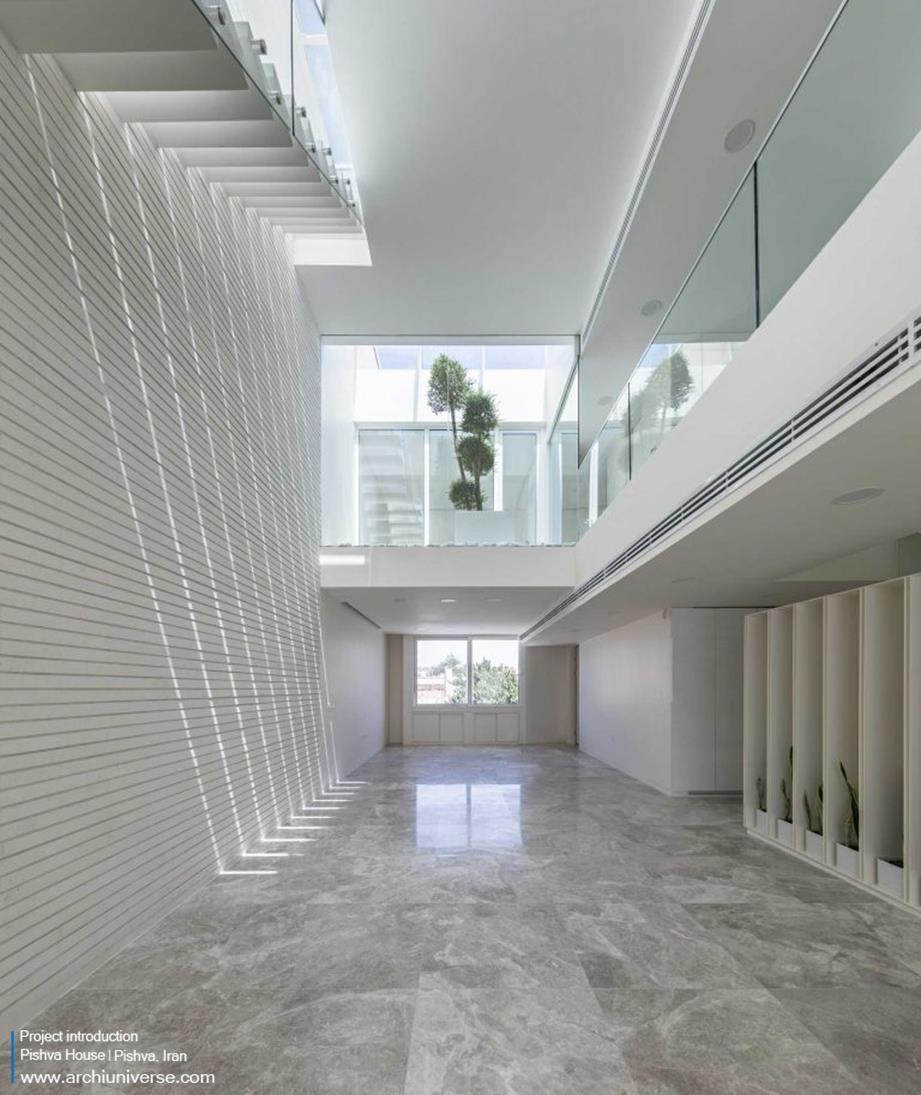

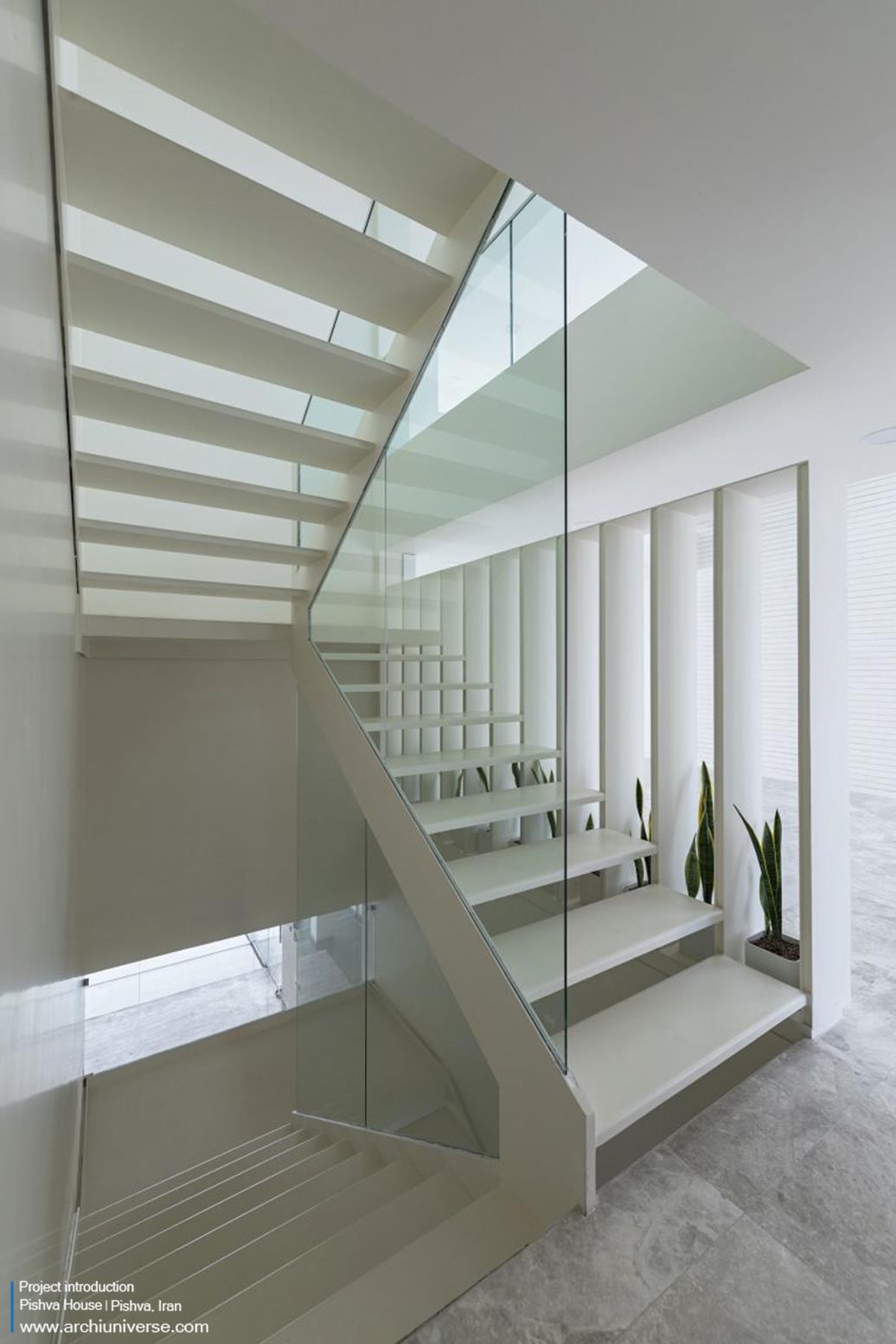
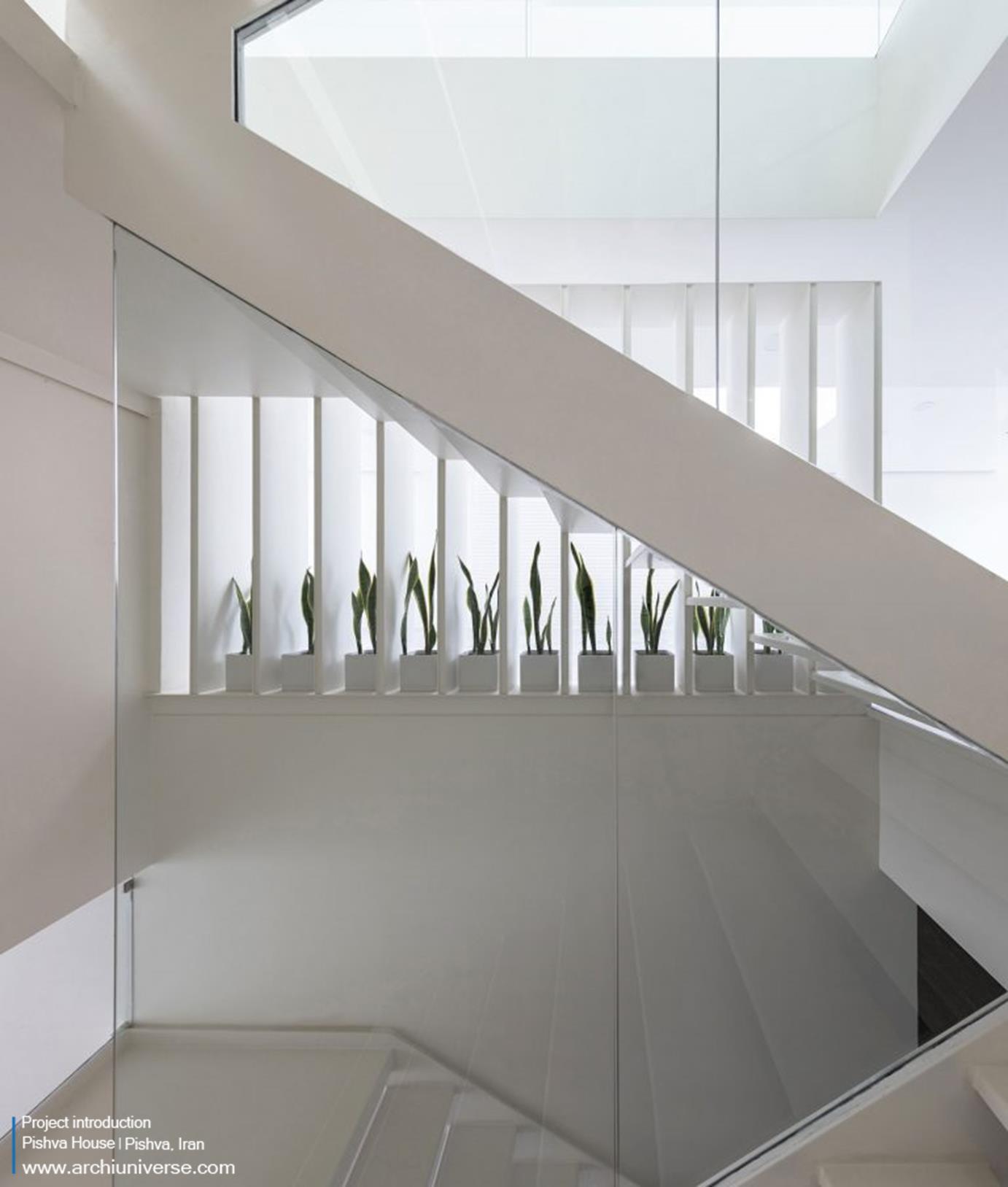
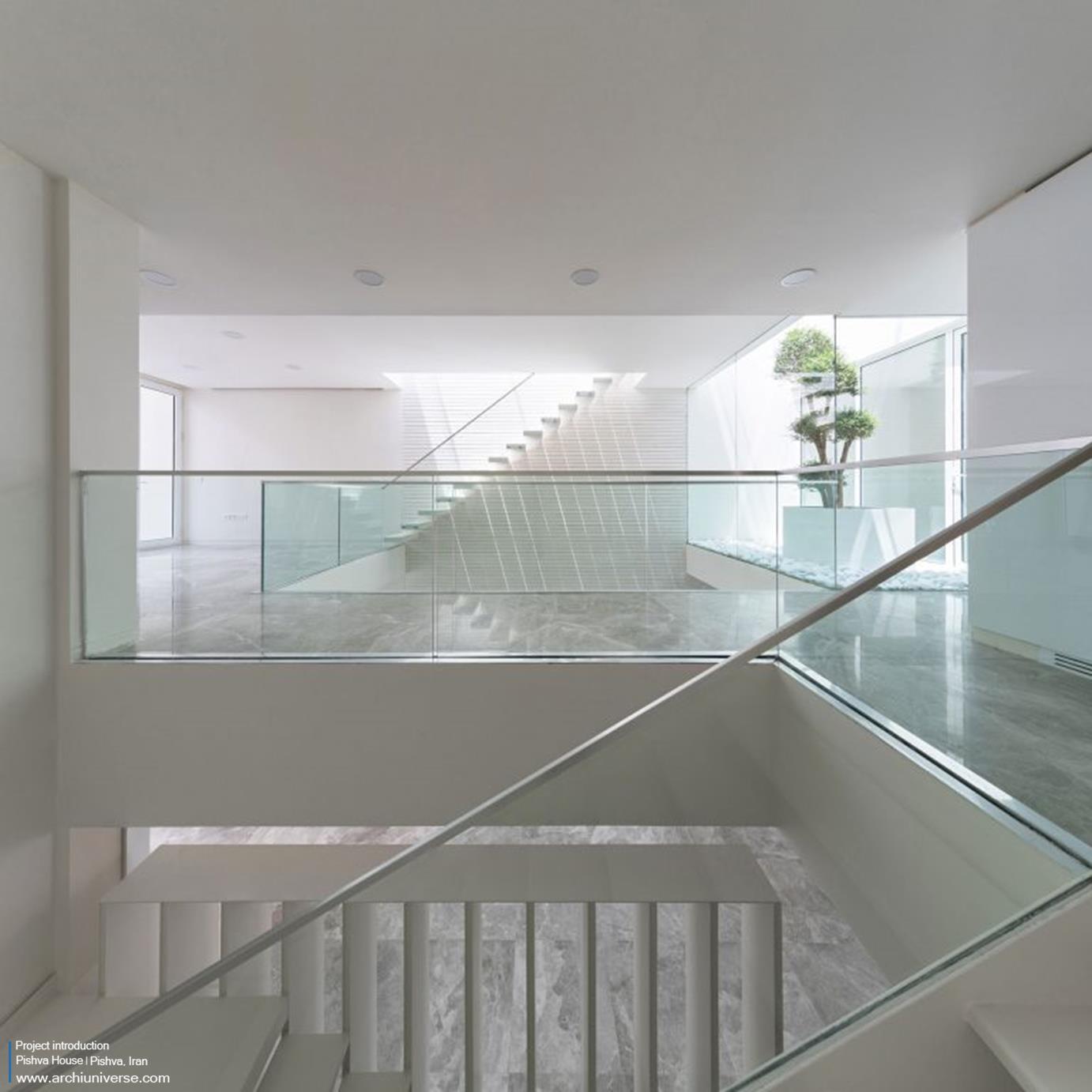
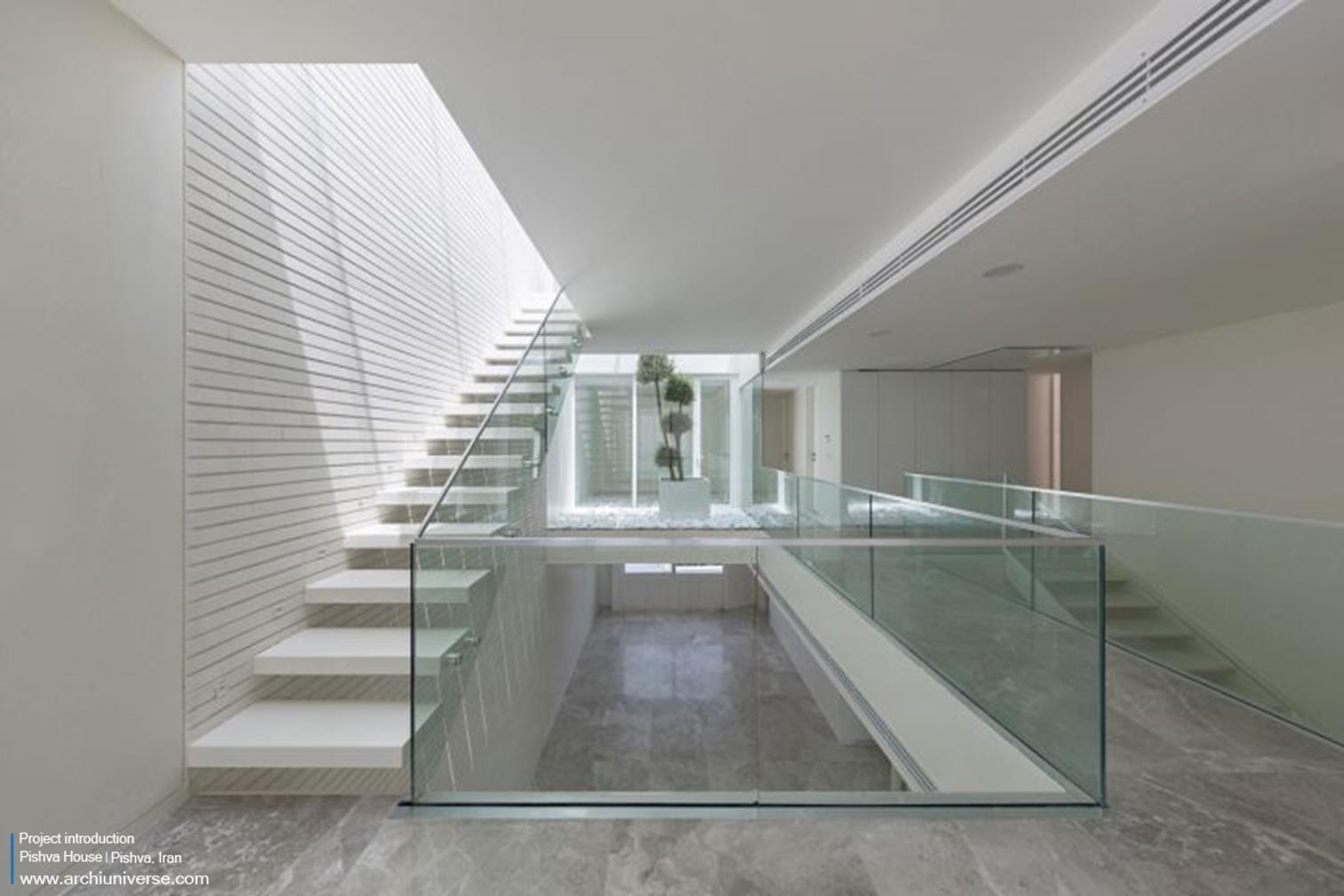
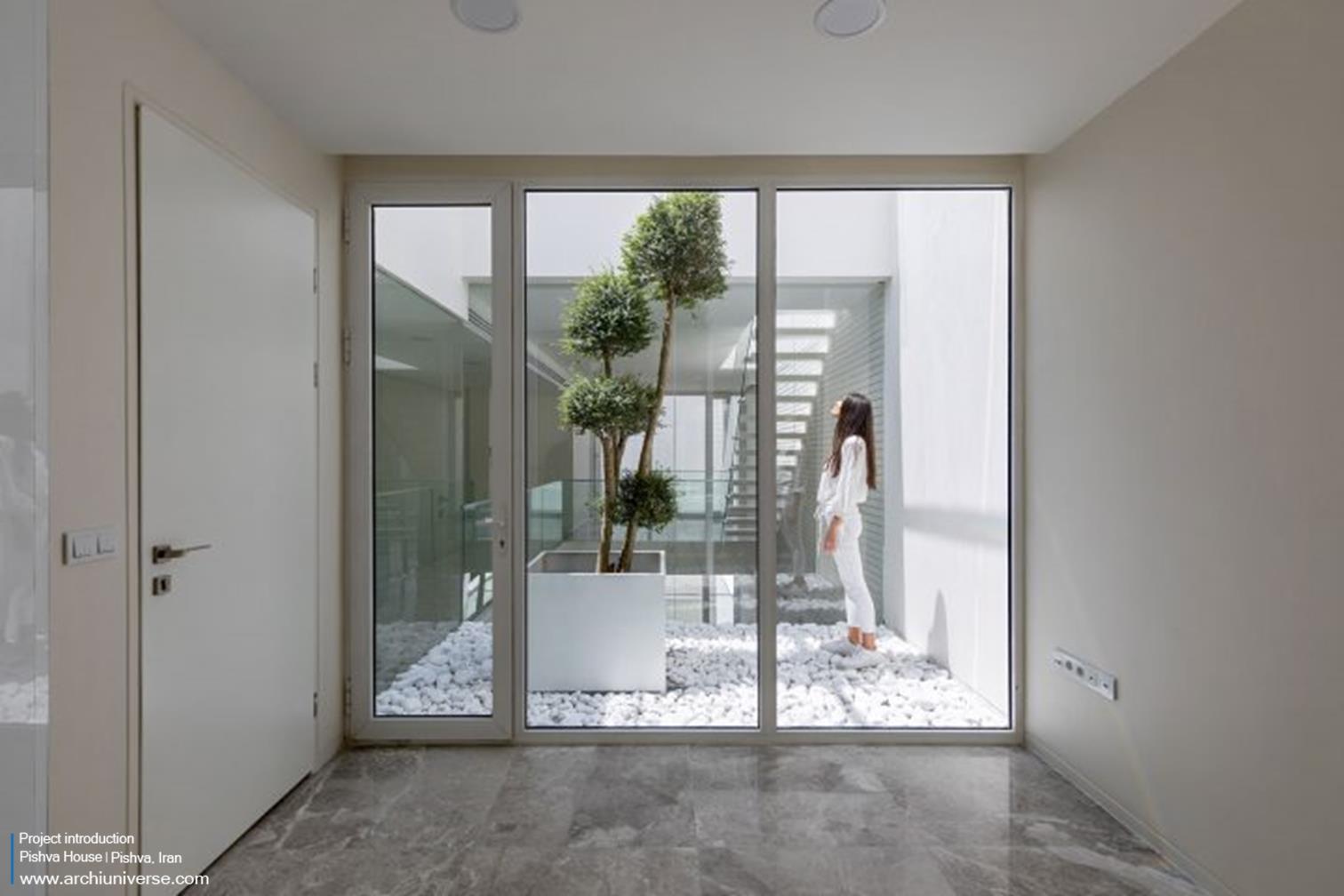
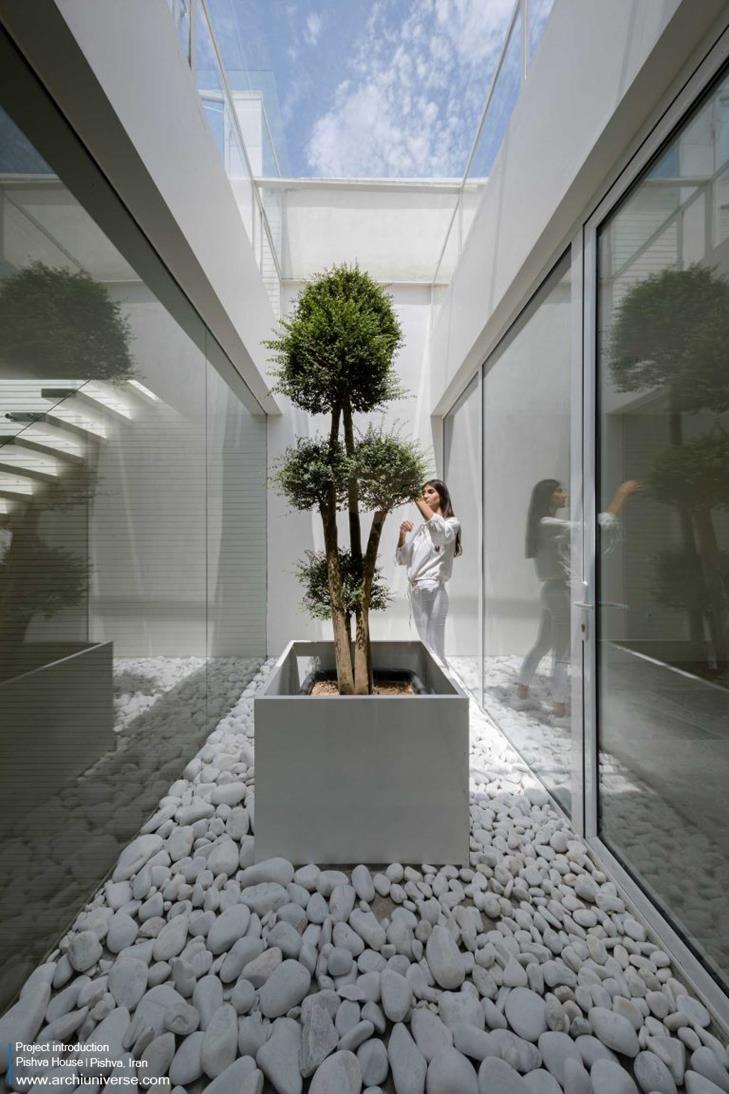


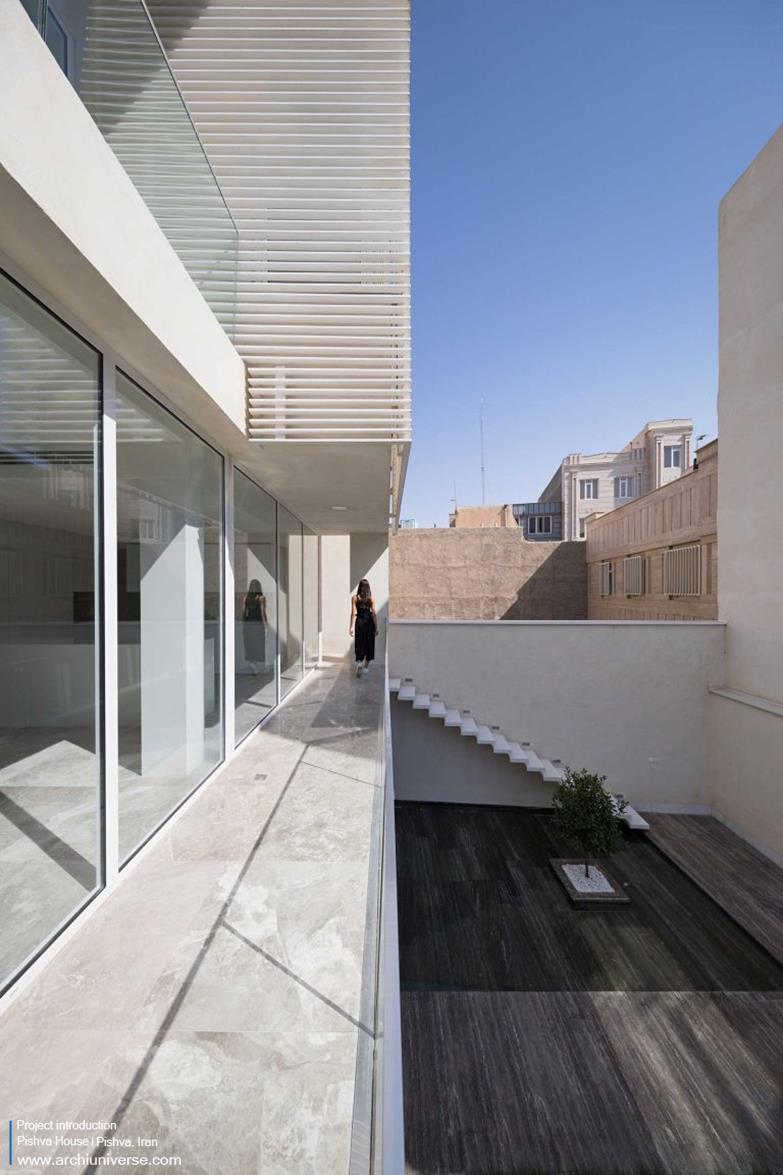
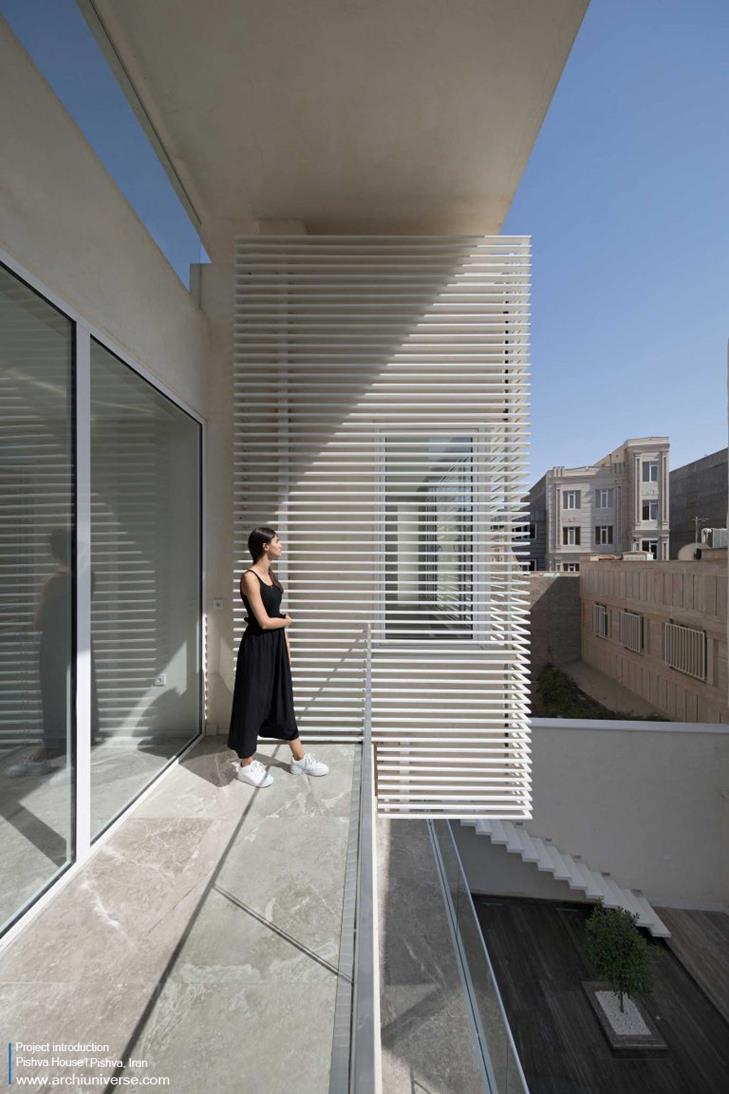
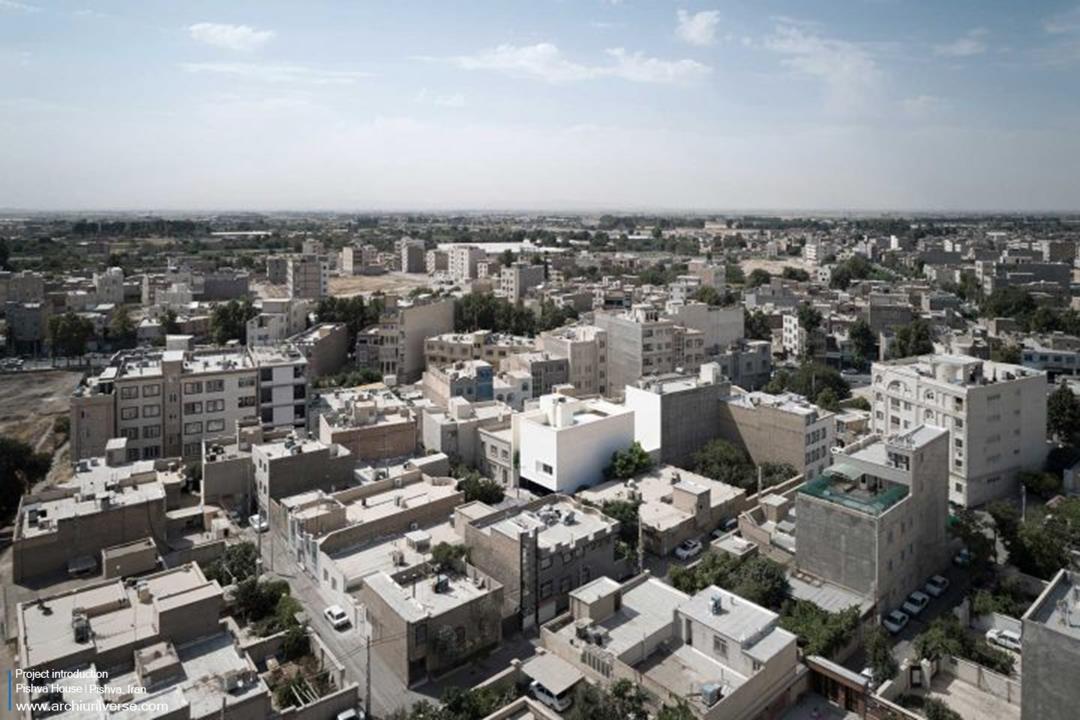
پیشوا با جمعیتی در حدود شصت هزار نفر، یکی از شهرهای کوچک استان تهران و در چهل و پنج کیلومتری جنوب شرق پایتخت و یازده کیلومتری شرق ورامین واقع شده است. پیشوا از معدود شهرهایی است که علیرغم نزدیکی به پایتخت مهاجران کمی پذیرفته و بیشتر مردمانش بومی منطقه هستند. بافت شهر پیشوا از نظر قدمت به ۳ بخش تقسیم میشود. این خانه در بافت میانی شهر که در نتیجه عدم کشش جمعیتی بافت قدیمی گسترش یافته قرار دارد. بناهای واقع در این منطقه، غالبا خانه هایی ده تا پنجاه ساله یا آپارتمان هایی با قدمتی کمتر از ده سال هستند.
کارفرما قصد داشت با فروش خانه و زمین این پروژه، آپارتمانی را در تهران خریداری و همراه خانواده به پایتخت مهاجرت کند. همزمان با دغدغۀ مهاجرت به تهران، ایدۀ ماندن و ساختن خانه ای ماندگار، در شرایطی که پسربچۀ خردسال و دختر نوجوان خانواده در حال رشد بودند شکل گرفت. خانه ای که این خانواده، شیوه ای متفاوت از زندگی را در آن تجربه کنند و علاوه بر احساس امنیت و آرامش، مکانی باشد برای تجربه حضور و خاطره سازی.
مسألۀ اصلی، پیوند دیگرگونۀ این خانه با همسایگانش بود؛ چگونگی ادراکش در منطقه و خدمتش به سیمای شهری. ما این خانه را در مرز جدایی و پیوند با بافت پیرامونش طراحی کردیم. در بستر و بافتی که فقدان ضوابطی نظم دهنده موجب اغتشاش در جدارۀ شهری شده ، بر آن شدیم که ضمن ایجاد وزن بصری مطلوب، به این نا بسامانی دامن نزنیم. از سوی دیگر، خواسته کارفرما مبنی بر احترام به همسایگان و همچنین حفظ حریم خانه خود، شکل گیری بنا را به سمت ایجاد حجمی ساده و درونگرا سوق داد. بدین ترتیب دید مستقیم به بیرون با تنها یک پنجره به حداقل رسید و با اهدای بخشی از زمین و چشم انداز حیاط ورودی این خانه به کوچه، بیشترین احترام و توجه نثار همسایگی گردید.
شکاف ما بین حجم ایجاد شده و دیوار شرقی، که به آن کوچۀ این خانه می گوییم؛ علاوه بر رفع کجی زمین در پلانها، این امکان را فراهم کرد که حتی فضاهایی همچون حمام و سرویس نیز با داشتن پنجرههایی قدی، بدون اشراف همسایگان از بیشترین نور طبیعی و دید به درختان ورودی بهرهمند گردند. سلسه مراتب ورود به خانه از پیشوا نشستن یک غریبه روی سکوی کنار ورودی آغاز میگردد، با عبور از حیاط ورودی و حضور و تکریم یک آشنا در فضای مجاور حوض با همراهی صدای آب، ادامه مییابد. دوستان و اقوام به طبقۀ اوّل آمده، طبقۀ دوم به حریم خصوصی خانواده تعلّق مییابد.
حیاط همکف با وجود حوض آب و چمن به منظرگاهی خلوت و آرامشبخش تبدیل شده، فضای بام با بهرهگیری از حریمی که دیوارهای بلند جانپناه ایجاد میکند، به حیاط کاربردی خانه مبدل میگردد؛ به همین دلیل آسانسور تا بام خانه بالا میرود و پلۀ دسترسی به بام، اهمیت ویژه ای در مرکز فضای داخلی پیدا میکند. نورگیر میانی، علاوه بر تأمین نور و هوای تازۀ اتاق فرزند کوچک، در کنار نورگیر پلۀ بام، به کیفیت و کمیت نور طبیعی در فضاهای عمومی افزوده است؛ به گونهای که در ساعات مختلف روز، شاهد پدیدار شدن نور و سایههای متنوعی در خانه هستیم.
در این پروژه، علاوه بر نماهای اصلی، نه تنها با نمای جانبی موقت؛ بلکه با نمای رها شدۀ شمالی همسایۀ جنوبی نیز برخوردی یکسان کردیم. همگی نماها با سیمان سفید پوشیده شد و به اقتضای مسائل مالی، رنگ پوششی نهایی به آینده موکول گردید. خانه پیشوا از پاسخگویی به خواسته های کارفرما فراتر رفته، با سادگی موقرش به نقطۀ عطفی برای یک زمینه و ارزش بخشیدن به آن تبدیل شده است.
Pishva, with a population of about sixty thousand people, is one of the small towns of Tehran province, located forty five kilometers southeast of capital city of Iran and eleven kilometers east of Varamin. Pishva is one of the few cities where, despite its proximity to capital city, has received few immigrants and most of its people are indigenous to the region. The contexture of Pishva city is divided into 3 parts in terms of antiquity. This house is located in the middle contexture of the city, which has expanded due to the lack of population capacity in the old contexture. Buildings in this area are often ten to fifty years old houses or apartments less than ten years old.
The owner wanted to immigrate through buying an apartment in Tehran by means of selling their house and the land dedicated to this project. Simultaneously to the concern of immigrating to Tehran, the idea of staying and building a permanent home arose while the young boy and teenage daughter of the family were growing up. A home where the family can experience a different way of life and, in addition to feeling safe and secure, a place to experience presence and making memories.
The main issue for us was the different design of the connection between this house and its neighbors; the way it is perceived in the contexture and its role in the urban image. We designed this house on the border of separation and connection with the surrounding contexture. In a situation where the lack of regulatory rules has caused turbulence in the appearance of the city, we decided not to stir up this disorder while creating a proper appearance. On the other hand, the owner’s desire to respect neighbors, as well as to have own privacy, led us to create a simple, introverted building. Thus, the direct view to the outside was minimized with only one window, and by donating a part of the land and view of the entrance yard to the alley, the neighbors were given the most respect and attention.
In addition to correcting the skew of ground in the plans, the gap between the building and the east wall, which we call it alley of this house, made it possible for even places such as bathrooms and toilets to enjoy the most natural light and view of the incoming trees by obtaining tall windows without the neighbors’ view.
The hierarchy of the entrance to this house begins with a stranger sitting on the platform next to the entrance, continues through crossing the entrance courtyard and the presence and honoring of an acquaintance in the space adjacent to the pond accompanied by the sound of water. Friends and relatives can come to first floor, as the second floor belongs to family privacy.
The courtyard has become a pure and relaxing landscape due to pond and grass, and the roof becomes a functional yard by using the space created by the high walls around it. For this reason, the elevator goes up to the roof of the house and the access stairs to the roof are of special importance in the center of the interior space. In addition to providing fresh light and air to the small child’s room along with the roof stair skylight, the central skylight has increased the quality and quantity of natural light in public spaces. Thus, in the different times of a day, we see the appearance of various lights and shadows in the house.
In this project, in addition to the main facades, not only with a temporary side facades; but also with abandoned north facades of the southern neighbor, have been treated in the same way. All the facades were covered with white cement and due to financial issues, the final coating color was postponed to the future. Pishva House has gone beyond responding to the demands of the owner and through its solemn simplicity, it has become a turning point for a land and its value.
” تمامی حقوق مادی و معنوی محتوا متعلق به پایگاه خبری جهان معماری می باشد “